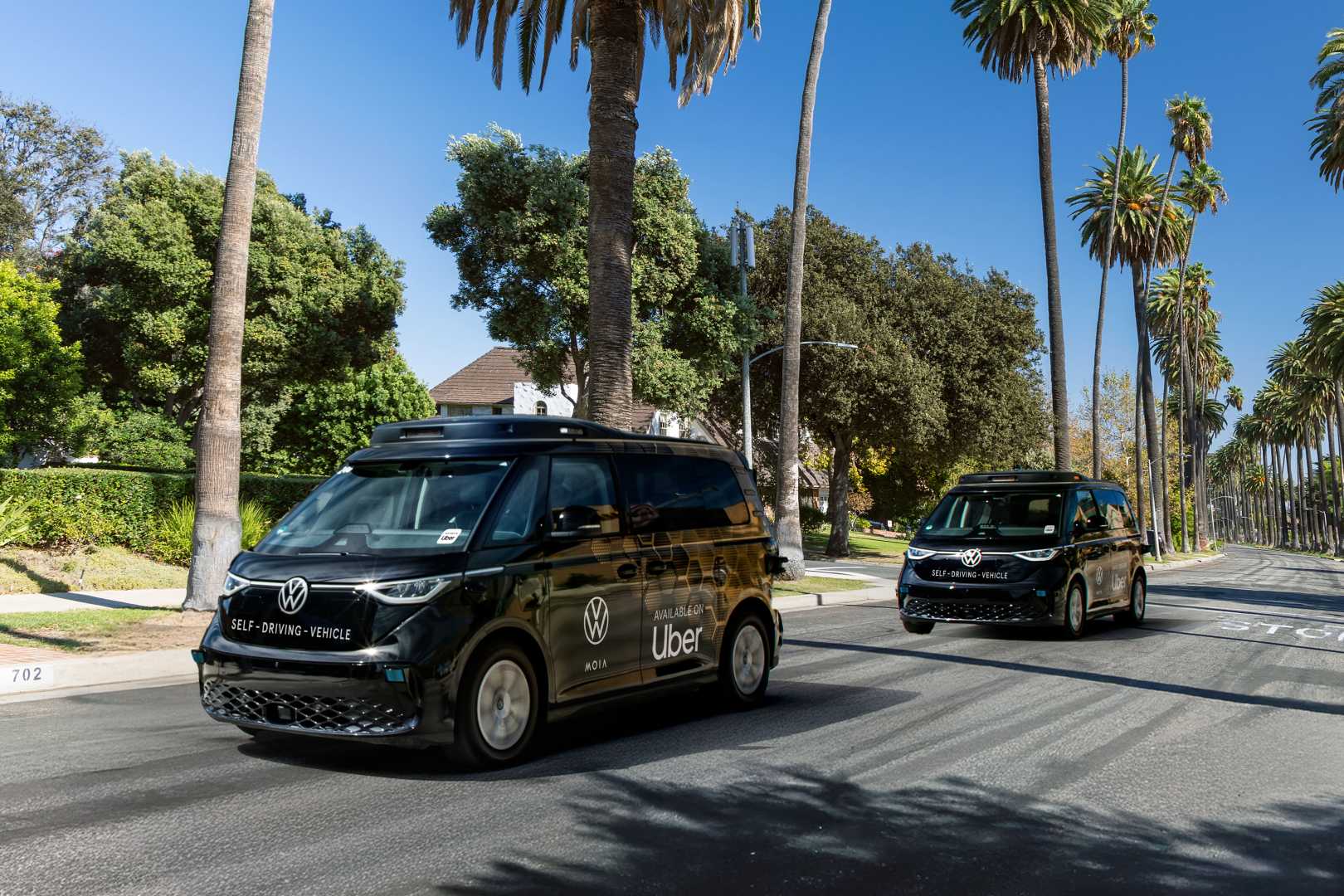Business
Uber’s Growth Strategy With Autonomous Technology Transforms Its Business Model

San Francisco, CA — Uber Technologies Inc. is making waves in the autonomous vehicle sector, positioning itself for significant growth as it heads into its Aug. 6 earnings announcement. With a market capitalization of $187 billion, Uber’s stock has climbed 44% this year, closing at $89.60 on August 5.
This year marks a turning point for Uber, as it celebrates two consecutive years of profitability. The company’s net income soared to $12.8 billion, up from a loss of over $8 billion three years ago. Analysts believe Uber’s blend of growth and value makes it an appealing option for investors.
Its innovative approach to autonomy differentiates Uber from competitors like Tesla and Waymo. Instead of developing its own self-driving technology, Uber has opted to partner with established autonomous vehicle companies such as Waymo and Baidu‘s Apollo Go. This strategy allows them to implement autonomous ride-hailing services in major cities, including Austin and Atlanta.
Uber’s decision to pivot away from creating its own technology was driven by the high capital and talent demands of the project. Instead, the company is focusing on enhancing its platform — improving the rider experience, algorithms, routing, and payment systems that connect riders with autonomous transportation.
Reducing driver costs, which currently account for around 70% of each ride, is key to increasing profit margins. If even a small portion of rides transition to self-driving vehicles, Uber stands to gain significantly. Every driverless ride means that more of the fare will go directly to Uber, enhancing its profitability.
Additionally, Uber is also venturing into robotic delivery services. With partnerships in place across cities like Miami and Dallas, Uber aims to use delivery bots to streamline food and product distribution in densely populated urban areas. By incorporating robots, Uber seeks to reduce last-mile delivery costs significantly, which historically presents low margins.
“The potential for efficiencies in our delivery system is enormous,” said a company spokesperson. “Our goal is to manage the logistics stack more efficiently, from food delivery to groceries.”
Moreover, Uber has plans to pilot autonomous freight services with Aurora, aiming to implement driverless truck trips. This expansion hints at Uber’s ambition to oversee the entire logistics process.
As investors observe Uber’s strategy in the autonomous vehicle sector, analysts recommend watching the company’s future developments. Uber aims to integrate itself within the evolving transportation ecosystem, anticipating that it could profit regardless of which competitor leads the autonomous vehicle race.












